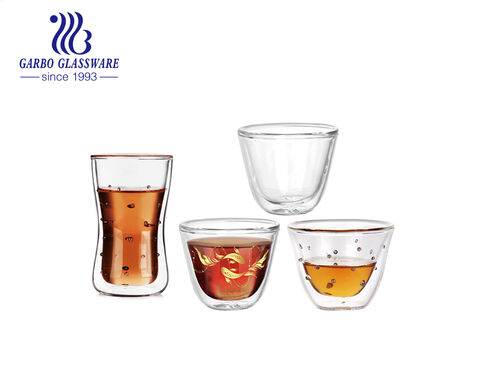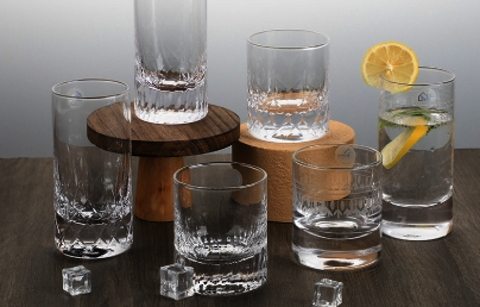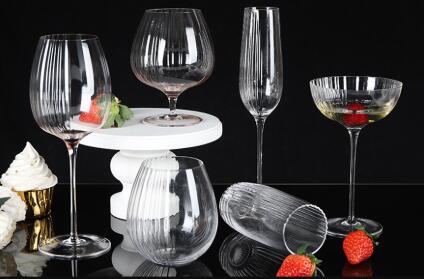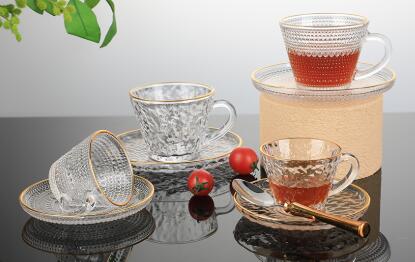Would you like to know the history of the glass cawa cups?
Pulished on Aug. 20, 2023Glass cups play an important role in our daily drinking. People in different places have named their own names for the cups with different uses.
For example, the GLASS CAWA cup which was designed specifically for serving traditional Middle Eastern coffee, has become an emblem of hospitality and camaraderie. But the coffee comes out earlier than the Cawa cup.

Coffee can date back to the 15th century in Ethiopia. Coffee as a beverage in Ethiopia, made its way to the Arabian and become the most popular drink among people. The brewing process for this early coffee, known as "qahwa," involved roasting and grinding coffee beans before infusing them in water.
However, the distinct vessel Cawa Cup emerged until the 16th century. Coffee culture had already spread throughout the Ottoman Empire and the surrounding regions. The Coffeehouses "qahveh khaneh," became popular social hubs where people gathered to discuss matters of politics, philosophy, and leisure. The emergence of the glass Cawa cup marked a significant step in the evolution of the coffee experience, transforming it from a functional drink to a symbol of hospitality. Therefore, the glass Cawa cup became a symbol of cultural exchange and refined hospitality. These cups were often shared among friends, family, and strangers alike, they also embodied the spirit of unity and camaraderie.
Since there is no automatic glassware production machine at that time, the Craftsmen played a crucial role in shaping the Glass Cawa Cup's history. Skilled glassblowers meticulously crafted these cups by hand, showcasing intricate designs and delicate handles. The craftsmanship wasn't confined to the glass cup itself, often adorned with intricate patterns and motifs, adding an extra layer of elegance to the coffee ritual.
With the advent of industrialization and mass production, the design and usage of the glass Cawa cup became more accessible to a broader audience. In recent decades, the glass Cawa cup has also experienced a resurgence in popularity, driven by a renewed interest in cultural heritage and traditional brewing methods. Coffee enthusiasts, both in the Middle East and beyond, have embraced the ritual of preparing and serving coffee in these cups, acknowledging their historical significance while enjoying the sensory experience.
From now on, travel and cultural exchange have become more prevalent, the cup has found its way into various parts of the world, often accompanied by adaptations that blend local aesthetics with traditional design. This cross-cultural diffusion has not only enriched the history of the cava cup.
The history of the glass Cawa cup unveils the intersection of culture, craftsmanship, and tradition. From its beginnings in Middle Eastern coffeehouses to its contemporary relevance in global coffee culture, the glass Cawa cup continues to transcend time and borders. Its enduring legacy of hospitality, unity, and artistic expression makes it more than just a cup – it's a symbol of shared humanity and a testament to the power of tradition in a rapidly changing world. Whether cradled in the hands of a coffee enthusiast or displayed as a piece of art, the glass Cawa cup preserves the essence of a centuries-old coffee tradition, reminding us of the kindness that lies in the simple act of sharing a cup of coffee.
if you are attracted to the history of the glass Cawa cup, then you can buy it from Garbo glassware.









